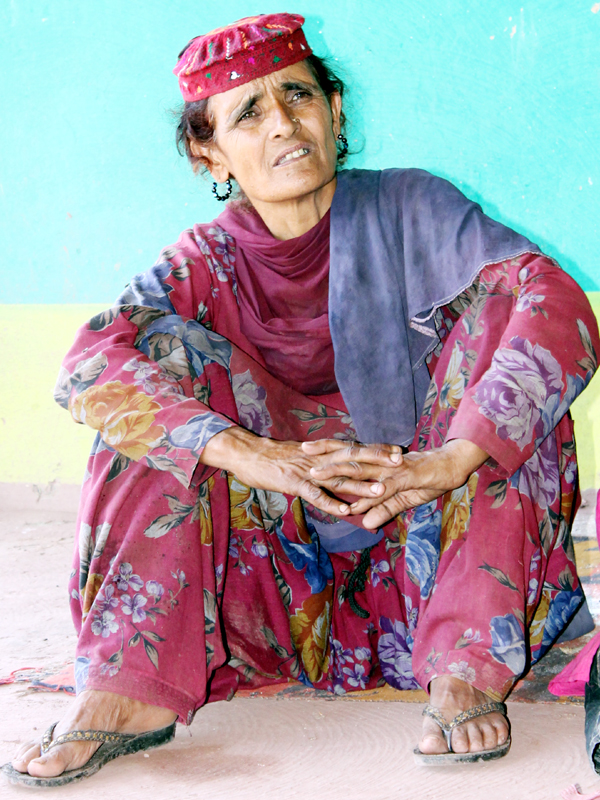Shokit Ali
The new Union Health Minister Harsh Vardhan, who assumed office last weekhas raised hopes of the Indian citizens by promising that the Government would work to provide ‘health insurance coverage for all’ through a national insurance policy for health.
“The Rashtriya Swasthya Bima Yojana of the ministry of labour is working fine in some states but its reach is limited to BPL (below poverty line) families. I plan to rope in all economic groups and make the health ministry a sort of regulatory body for oversight on existing microhealth insurance programme in the villages and cities of India,” said Vardhan, adding that the new Government can learn a lot from micro-health insurance instruments developed by NGOs, self-help groups and small private entities.
Definitely a step worth welcoming in a country where low levels of public spending on health has been a matter of much discussion. In particular, the amount spent as a percent of GDP has been the focus of discussion, as it is an indicator of the priority accorded to health in the planning process of the country.
With the Government not spending enough on healthcare, the price is being paid by the common man, especially those who fall below the poverty line (BPL). Whatever the entitlements under various schemes for the BPLs, they often do not reach the intended beneficiaries.
The National Rural Health Mission (NRHM) launched with much fanfare on 12th April 2005 was intended to provide accessible, affordable and quality health care to the rural population, especially the vulnerable groups. Under the
NRHM, the Empowered Action Group (EAG) States as well as North Eastern States, Jammu and Kashmir and Himachal Pradesh have been given special focus. Undoubtedly, the programme has changed the healthcare scenario in these inaccessible areas but one cannot term it a success as much more needs to be done.
One such village awaiting the Government’s attention towards its pathetic healthcare situation is Banloi, 20-25 kilometers from Mendhar town in Tehsil Mendhar. What makes this village, and the entire tehsil for that matter, different from other areas in the district is its strategic location near Krishna Ghati, right at the Line of Control in Border District of Poonch. Mendhar has always been in the news for ceasefire violations, cases of infiltrations from across the border and extreme weather conditions. But what is it to live in this isolated region of the Northernmost Indian state of Jammu and Kashmir? This can be best explained by its inhabitants themselves.
“I had to carry my ailing wife on a cot to the nearby Primary health care center, when she was fighting for her last breath. Despite doing everything possible to save her life, we could not reach the center on time. She died right before our eyes on that cot,” shares forty-five year old Mohammad Maroof from village Nar Banloi, adding how absence of basic amenities like roads, health care center has made life miserable in this border village.
That is not a case in isolation. Sixty-year old Mohammad Ismail died under similar circumstances. Villagers believe that until an honest Government officer visits their village and assesses the situation himself, ‘stars will keep falling from the sky’ (a local expression for ‘people will continue to die’). “After our older generation is gone, who will pass on the heritage of our value systems to the younger generation?
Considering the wealth of serene beauty that nature has bestowed this village with, the development challenges its inhabitants face leave a visitor numbed.
Makhana bi, in her late fifties, shared her story of pain and difficulty. “A few months ago, I had terrible pain in my stomach. Because there is no road, it took us six to seven hours to reach the hospital in Mendhar town where the doctor gave me an injection, prescribed some medicines and handed me another injection to be taken two days later. But once back to the village, I couldn’t find a single person who could administer the shot. No health worker was available in the entire village. I wept over my destiny and threw away the injection.”
During cross-border firing, the need of health care centers is felt even more when villagers are literally locked inside their houses. Sharing his experience, Mohammad Hafiz says that whenever cross firing, shelling and bombarding takes place from across the border, it results in larger numbers of casualties and deaths in this village. In the last two years, more than seven lives have been lost in cross-border violence with no immediate health care being provided by either the Government or the security forces.
When the Sarpanch of Banloi Panchayat was contacted, he admitted that there is only one health center located quite far from the villagers. “And, even if one manages to reach the center in time, there is no guarantee that one will find the staff to attend to the patient. Banloi is a large village which definitely needs a health center of its own. To meet the needs of both Banloi and Nar Banloi, we require two centers,” rues the Sarpanch, highlighting the indifference of the administration that has turned a blind eye to the many appeals by the Panchayat heads.
There is only one request from the villagers of Banloi Panchayat: a better future for the younger generations. After facing the same set of challenges that their elders faced many decades ago,, they want the existing and the coming generation to be a part of an inclusive India where the Government cares enough to ensure that every scheme that they have launched or are going to launch, benefits all equally. They too want to share smiles with the rest of the world. One uncomfortable question that finds an echo across villages in the area, insistently demanding an answer, is: “Why are we not treated as equal citizens of this country, considering we are the first ones to face the bullets that come from the other side?”
(Charkha Features)
Trending Now
E-Paper


